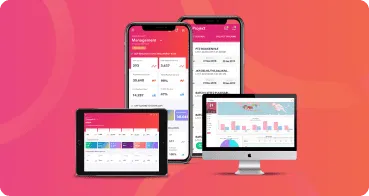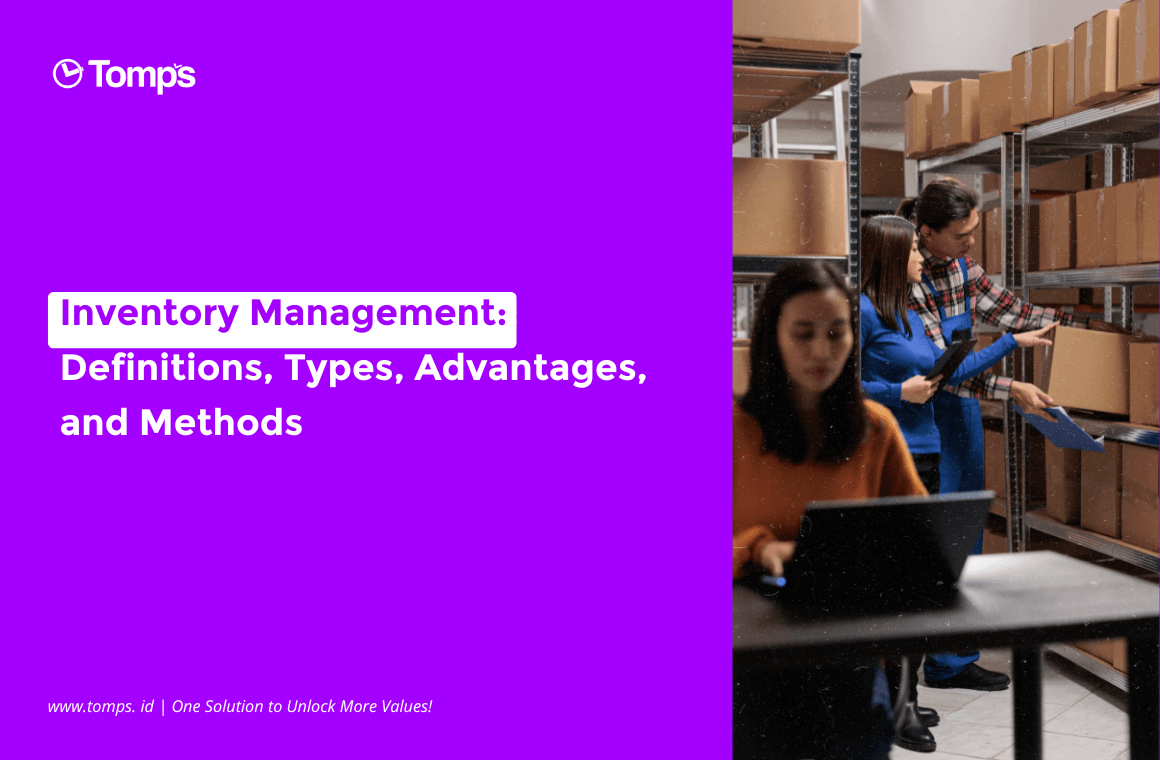Frequently got large amounts of cost overruns? Be careful, this could be because you don’t understand how to properly control the project budget.
Smallbusiness’s said, there are at least around 85% of projects that experience over budget or cost overruns from their initial budget planning. This cost swelling itself is the construction cost of a project that exceeds the project budget that has been set at the initial stage when it is running at the implementation stage. Internal factors that cause cost overruns on projects include project documents, labor, project finance, and work equipment. Meanwhile, external cost overrun factors can be in the form of geographical conditions to national and global economic stability, for example, as is currently happening in the era of the Covid-19 pandemic.
To avoid this, one of the things that are needed is good budget management so that project budgets can be controlled. If you don’t understand a good way to control it, then threats like fraud can haunt your project. Then, how to control the project budget and make it stay away from cost overrun? Check out the reviews that Tomps.id has summarized below!
What is a Project Budget Plan?
Project Budget Plan is a calculation of the costs that will be needed to complete the project within a certain period of time. Launching Bpsdm.pu.go.id, project budget plan may include the cost of materials, tools, wages, and other costs related to the implementation of the work or project. Budget planning documents must be present in various activities, events, and businesses to see the estimated amount of costs that will be incurred.
In the project, the person or party responsible for calculating and making the project budget plan is called Estimator, Quantity Surveyor (QS), or Quantity Engineer (QE). Generally, the project manager is also directly responsible for drafting this document.
Why is Making Project Budget Plan is Important?
Then, why should the project budget be planned?
Project budget plan has an important function in maintaining operational operations. How not, the budget, or let’s call it money, is the fuel as well as the engine that drives the project movement. Project budget plan is important because this document is used as a project reference. Starting from the basis for selecting contractors, sub-contractors, procurement of materials and services, to auctions so that everything is in accordance with the plan.
Project budget plan is a means to communicate project cost estimates to project stakeholders. This then makes it a non-static tool. This budget plan may continue to be adjusted due to various factors surrounding the project, for example, the pandemic and changing project stakeholder needs. Without it, the project will very likely experience cost overruns due to uncontrolled contests. You certainly don’t want this to happen, right?
8 Ways to Control Project Budget to Avoid Cost Overrun
1. Understand the Key Needs of Stakeholders
Project owners and sponsors are some of the project stakeholders who play an important role in the project. So, their needs and wants are the main things that you must understand well. Imagine if a project manager could not capture the needs of these vital project stakeholders. It’s not impossible that the end result of your project is not what they wanted, and this of course has cost a lot of time, effort, and money.
Instead of having to deal with the bad things above, it would be better for you to spend more time and cultivate empathy to better absorb the needs of stakeholders. Because in the end, all aspects of the project will be influenced by their wishes. So, make sure to confirm and document when holding meetings with stakeholders, especially when making special agreements for areas that you and your internal team cannot decide on your own.
2. Set and Monitor Key Performance Indicators (KPI)
Key Performance Indicators (KPI) are certainly needed to measure the suitability of your project budget with its realization in the field. In this KPI, you can set indicators and monitor budget absorption performance in detail. Various indicators such as Actual Cost (AC), Planned Value (PV), Earned Value (EV), Cost Variance (CV), Return on Investment (ROI), and others can be utilized as needed. Also, make sure the team always updates the information in this KPI so that all project stakeholders can see the latest developments.
3. Double-Check
The main key in controlling project budget is an accurate examination. Check the project expenditure submission documents carefully down to the detailed numbers before making an approval. Also, check the suitability of the materials used in the field with the proposed purchase. Control all indicators that are included in the breakdown of costs so that they are in accordance with the plans made in the project budget plan. If you feel you don’t have much time to do an in-depth examination, using an external audit service can also be an option.
4. Responsive When Circumstances Have Changed or Risk Comes
Changes or risk is not a strange thing for project, but it doesn’t necessarily make it easy to deal with. So, thinking realistically about changes is also important in controlling the project budget. There are many factors that can make a difference in your project. Such as material prices, resources, labor, currency values, government policies, to extreme things like the current pandemic. So, make sure to leave a column for possible changes and include an unexpected budget for this in your project budget plan. In addition, you may be able to continue to demand consistency from vendors and other parties who are at risk of changing the original agreement because of this change.
5. Prepare for Risk Management From the Beginning
Change or risk management is unfortunately also often underestimated. In fact, your readiness to manage change can really have a big impact on the stability of the project going forward. In other cases, change is often not weighed down by its impact. On the other hand, an erroneous estimate of the weight of change can waste more budget, time, and effort on addressing it than it should. So, make sure to make a plan from the initiation stage with your project team. Perform identification, assessment, response planning, and contingency plans. All of this will indirectly help you control the budget plan carefully.
6. Always Communicate Any Changes To Stakeholders
Talking about change, this will certainly not be separated from the impact on the initial wishes of your stakeholders. To avoid misunderstanding and harm one of the parties in the future, changes must be continuously communicated to stakeholders. Describe in an open, clear, and detailed way what changed and what impact it had on the project. This can open up communication space and find the best solution that benefits all parties.
Should be noted, the changes that occur can certainly affect the project cost design that has been previously agreed upon. In this meeting, communicate how the policy should be implemented, including the impact on the project budget. This will usually depend on the type of contract that was agreed in advance, for example in a Lump Sum contract stakeholders may act “don’t want to know” and burden the contractor entirely. However, these things may change due to one or many factors.
7. Update Project Baseline
Baseline is the scope, cost, and schedule in a project that has been planned. However, given that projects tend to undergo frequent changes, updating the baseline framework is certainly necessary.
Just as a project cost budget needs to be reviewed constantly to stay on track, so do project resources and other scopes that also contribute to the final cost. Regularly reviewing current resource and demand estimates will help keep the project budget on track and avoid scope creep, which is one of the main causes of cost overruns. According to PMI, scope creep is a type of crisis which is defined as the addition of features and functionality to the project scope without being based on the effects of time, cost, resources, or client approvals.
8. Full Control of Project Budget With Project Management App
Did you know, one of the causes of the failure of a project is the lack of access to Key Performance Indicators (KPI) by limited companies, where about 55% of them cannot access KPIs in real-time. Most of the current projects still rely on report work on online spreadsheet-based tools which of course have many limitations for producing project realization documents. This shows that project management should move to a digital medium that is more specific and has suitable features to support its mobility.
Utilizing the sophistication of project management applications is certainly the best answer to the cost overrun problem that can occur in your project. Tomps as project management software has smart features that improve project management performance. Based on web and mobile, Tomps offers real-time, transparency, and flexibility value in managing the project budget and overall project activities.
Tomps can also minimize the opportunities for fraud to cost-overrun. This is because of the availability of the Project Cost feature for your project. Carry out material cost planning activities, appoint vendors, to submit material costs accompanied by detailed evidence by the team in the field. The existence of the Geo-Maps feature allows you to find out the accurate location where the evidence is uploaded to the system, so that the project can run more transparently, effectively, and efficiently.
That’s a review on how to control project budget so the budget can be absorbed optimally and make it stay away from cost overruns. So, which tips number did you just find out?







